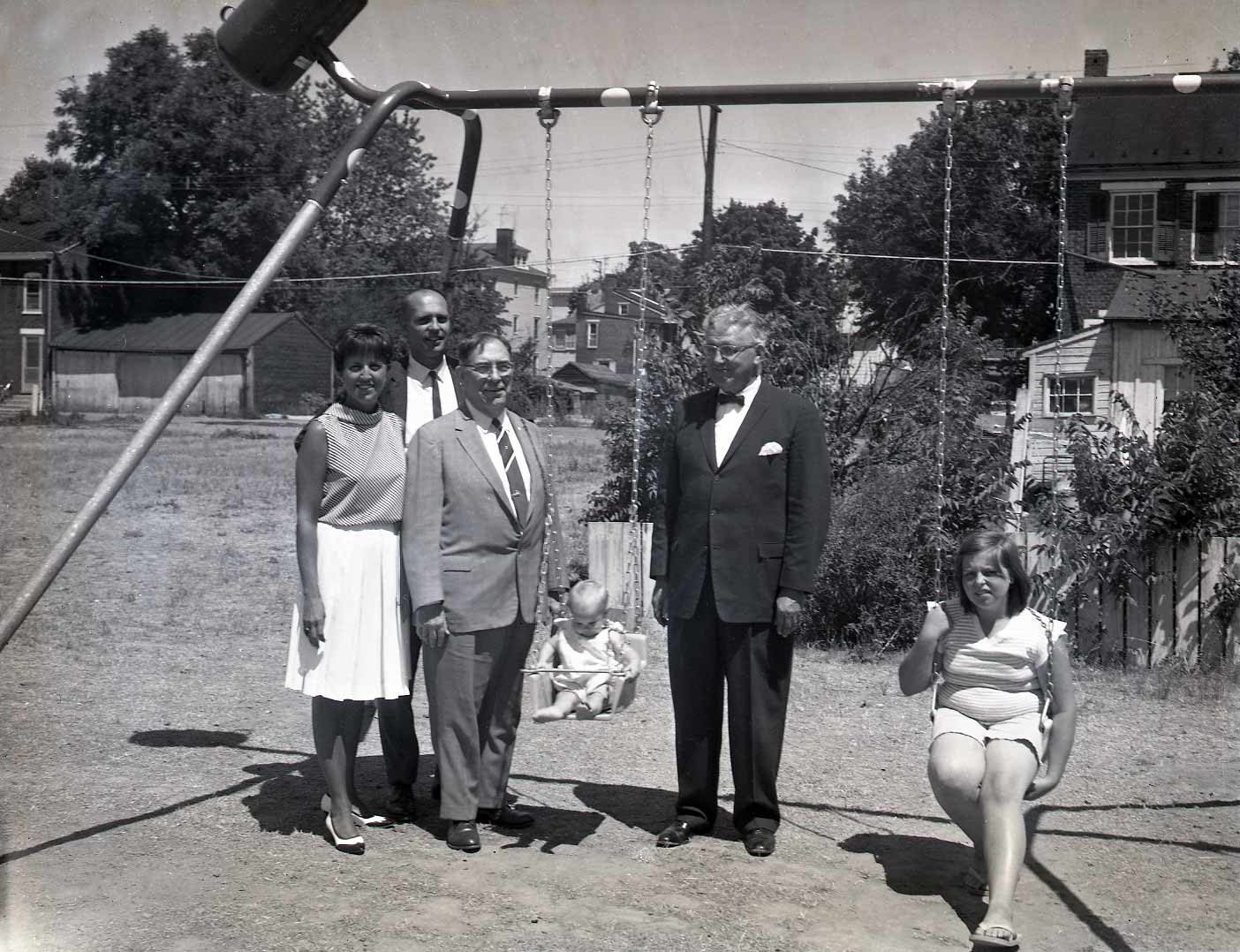Even though John Butcher learned to read but couldn’t write and Charlotte Butcher never learned to read or write, all of their children had at least some schooling.1
Mary Butcher graduated from the colored high school in 1884. She became a seamstress and lived at home with her parents along with two of her sisters-Agnes, a cook; and Hattie, a seamstress.2
Frank became a janitor at Dickinson College and lived near his parents on Chestnut Alley.3
In 1896, John G. Butcher was part of a group of four African Americans citizens who presented a petition to the Carlisle School Board stating that inequalities existed in the grading, curriculum, and location of the colored schools. The petition also requested that Hattie Butcher and three other African American students who had previously applied to the white high school be granted equal advantages in all kinds of education to the white children of the town. 4 The Carlisle school board responded to this request by expanding classrooms in the Lincoln School from three to four, and abandoning the school in Jail Alley (what was described at the time as being in the “worst part of town.”)5
At his death in June, 1922, John G. Butcher, who raised hogs for a living outside of town, was remembered by the members of his church as “a community leader whose death left a vacancy in his church and a serious loss to the community and public.”6
In the late 19th century most African Americans found employment in Carlisle as maids, laborers, janitors, or chauffeurs. Professional opportunities were limited to the clergy or teachers.7 In order to find other opportunities several of John and Charlotte’s children, like many other young people in town, migrated away from Carlisle.8
Charles moved to Pittsburgh. Joseph became a resident of Rochester, NY.49 William lived in Chicago for 38 years until his death in 1926.10
George Hench Butcher attended four years of college and became a prosperous pharmacist and storeowner in Washington, D.C.11 He listed himself as providing partial support for his mother and father on his 1917 World War I Draft Card.12 The 1930 census listed George’s wife’s large extended family living with the couple and their two sons in the residence above the pharmacy at 1917 Benning Road in southeast Washington, D.C.13 The property was valued at $9000 in 1930.
Alice chose to stay in Carlisle and pursue a career in teaching. She attended Carlisle’s colored schools and the Dickinson College Preparatory School (1903–04.)14 Emma Thompson McGowan, one of the African American elementary schoolteachers who influenced Alice and inspired several other pupils to become teachers, dedicated her career to instilling in her students a strong respect for education.15 McGowan’s influence can be seen in Alice’s Dickinson College Preparatory School yearbook entry describing her as “Attending strictly to business. Would rather study than eat.”16
Alice began her career teaching in the Lincoln School primary grades. In 1919 she was hired by the Civic Club to supervise the first colored playground on the corner of Franklin and Lincoln Streets, where the Stuart Community Center is located today.17 (The new colored playground used equipment formerly used by the Indian School and bought from the government by the Civic Club.)18
When Lincoln school was closed in 1927 Alice taught at Wilson, the only all-black school left in Carlisle.19 For years she was one of four African American teachers in Carlisle.20 Alice spent most of her 43–year career in the local segregated school system. Carlisle schools didn’t fully integrate until 1948.21
Alice died in 196322 and her surviving family members sold the Chestnut Street property in 1965 to the Carlisle Borough for $1200.23 The site became known as the Butcher Tot Lot, a recreation space enjoyed by neighborhood children for years until a simple request to repair a broken slide resulted in a vision to upgrade the equipment and grounds.24
The South of South Street (SoSo) neighborhood alliance, working with the Carlisle Recreation and Parks department, created a space that would meet the neighborhood’s long term needs. The Carlisle Borough Council agreed to make some immediate improvements to the site while the SoSo Alliance started raising $40,000 for renovations. Gifts and matching grants came from the Cumberland County Land Partnership Program, Bimbo Bakery, Walmart, and KA Mullen’s Landscape Supply as well as other businesses and individual donors.25 Volunteers painted the fence and the new equipment, cleared brush, planted flowers, and spread mulch.26 After 2 years of work the newly named Butcher Family Tot Lot was re-opened on a snowy December morning in 2013 with a ribbon sliding ceremony.
One of SoSo’s goals in redesigning the tot lot was to “increase the sense of community by allowing patrons to develop relationships.”27 The Butcher Family Tot Lot serves as a reminder of a family who survived and thrived amid challenging circumstances and whose legacy of courage and hard work is still making a difference in the Carlisle community today.



